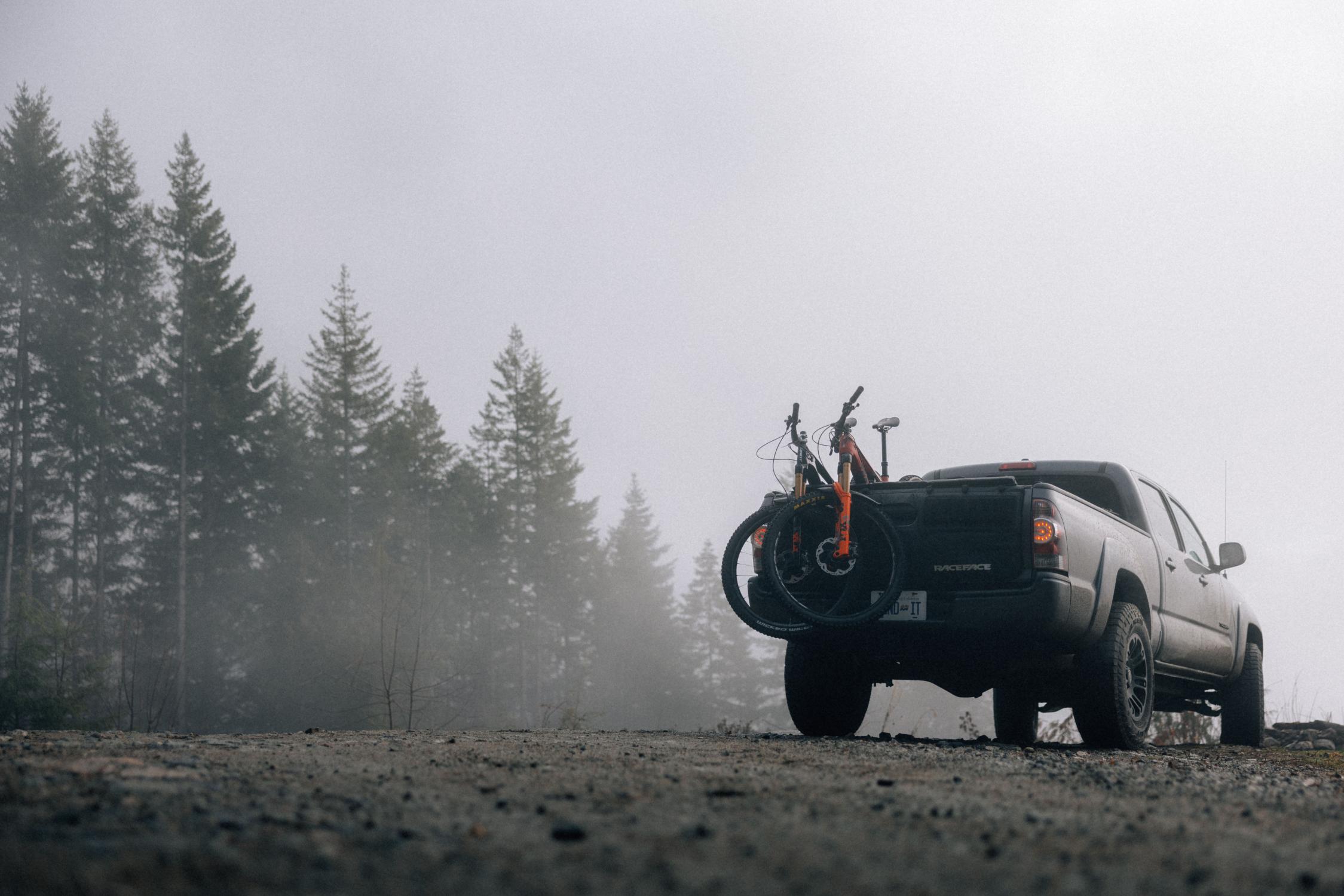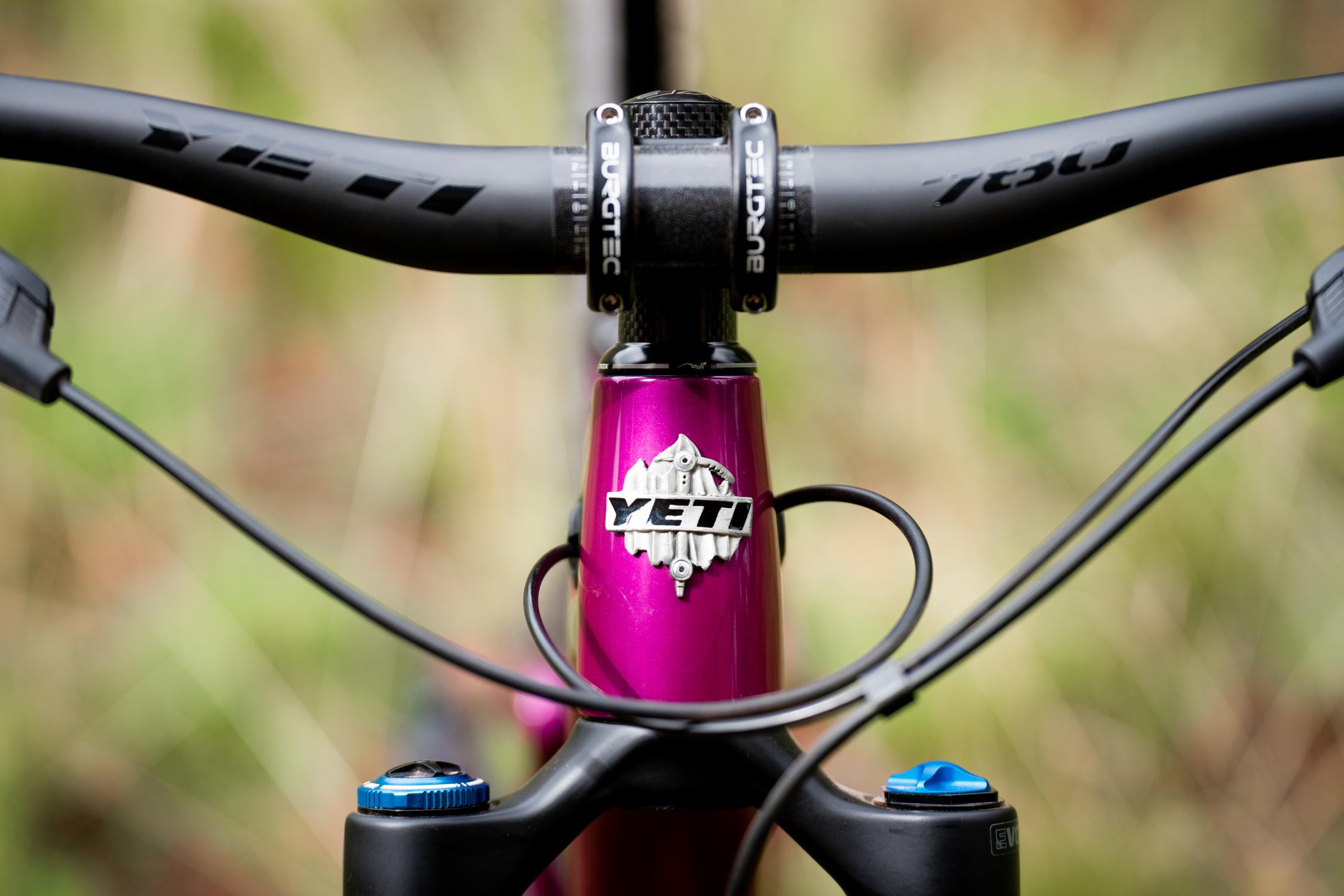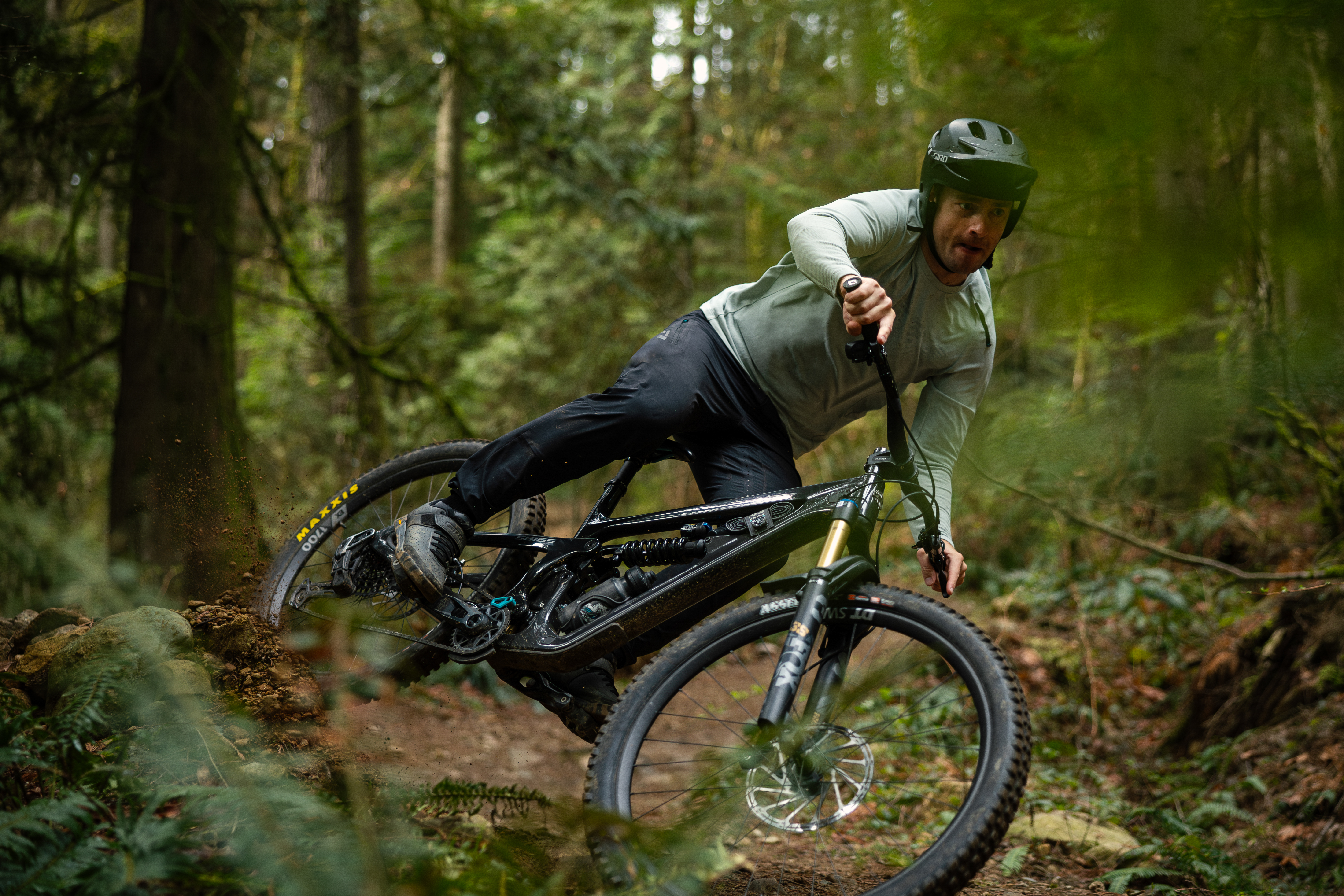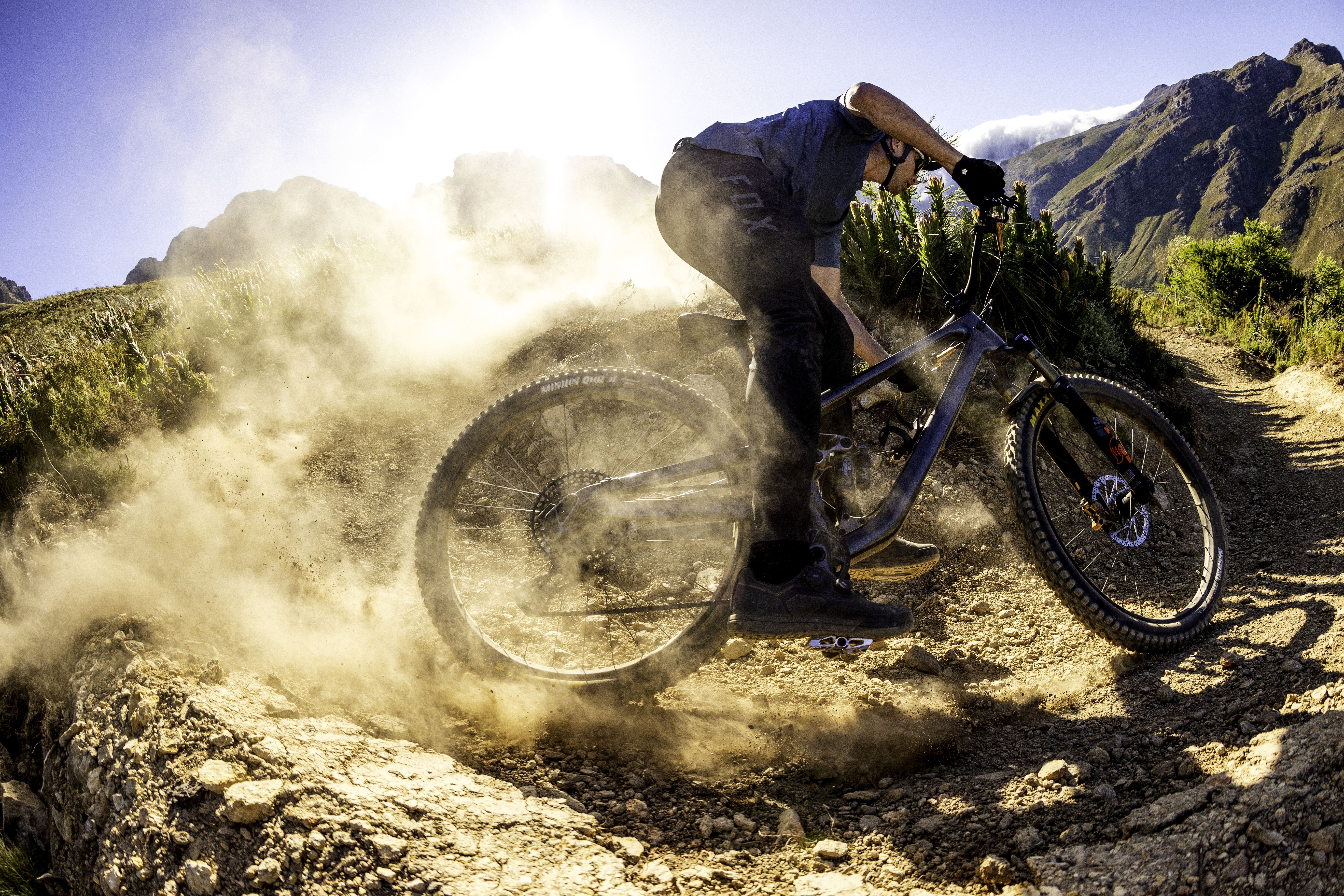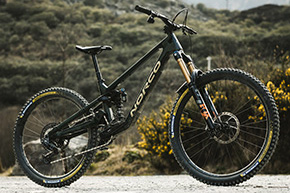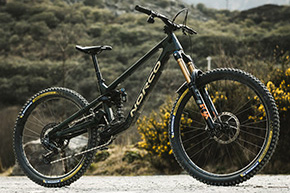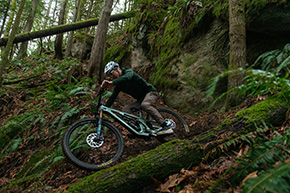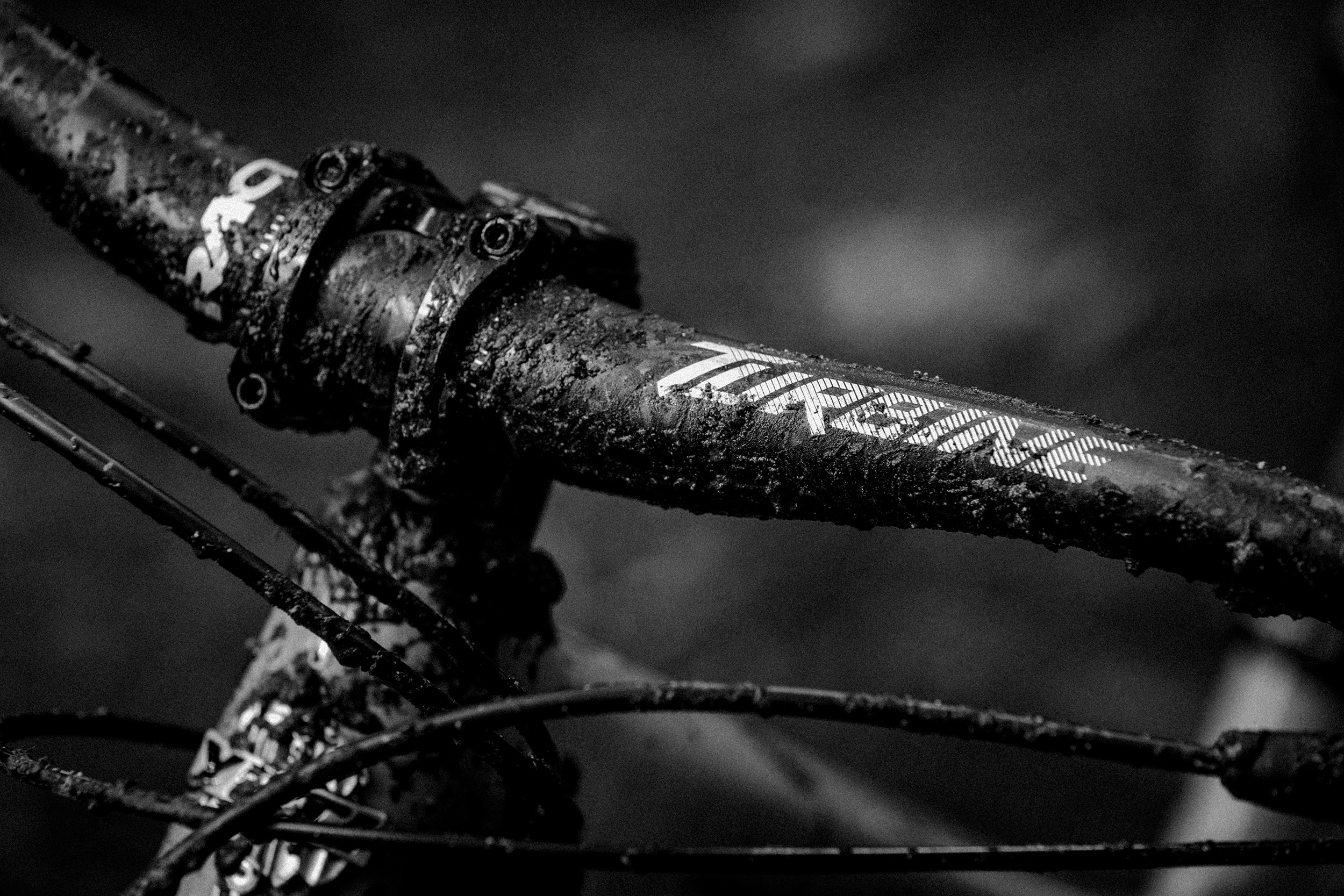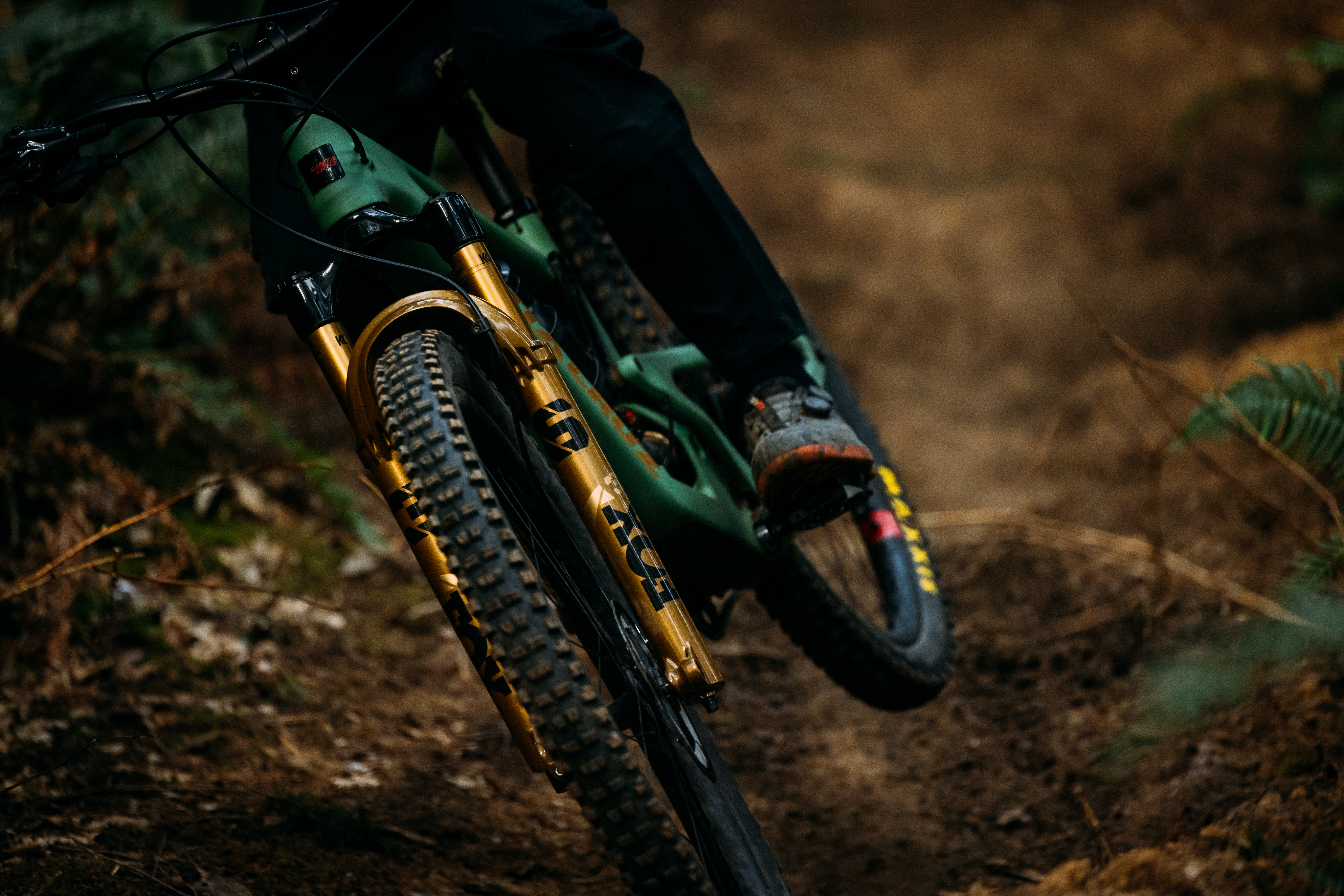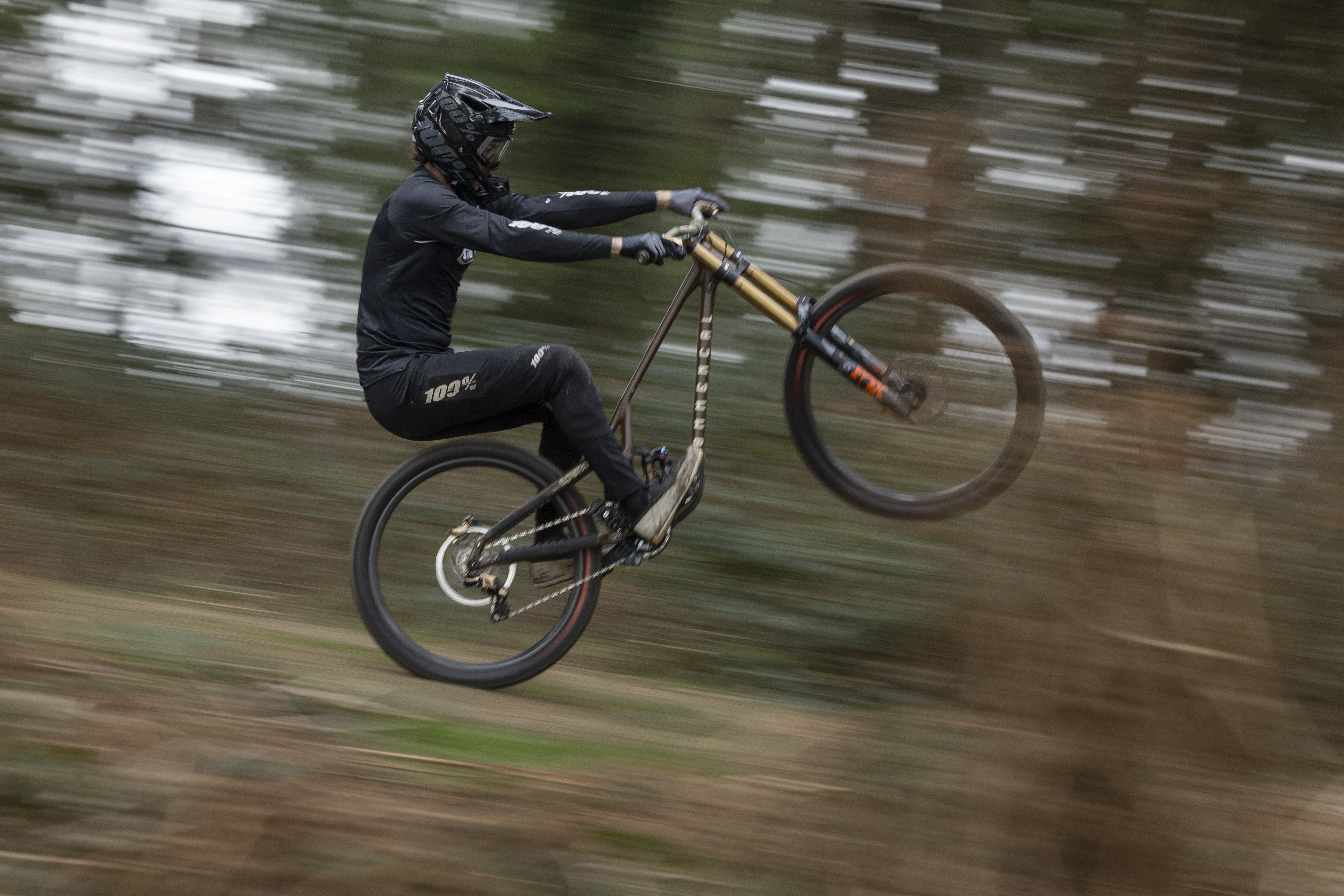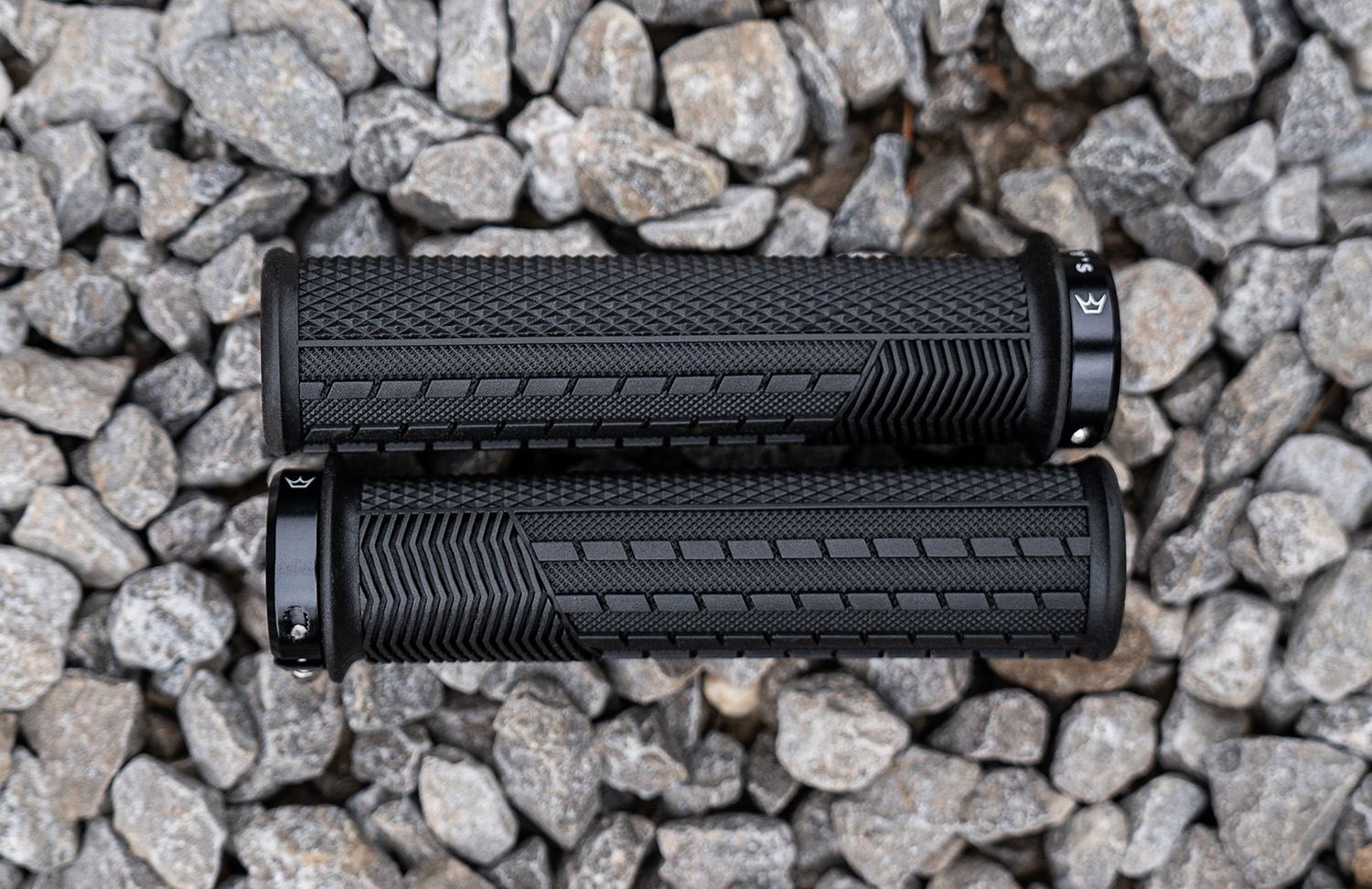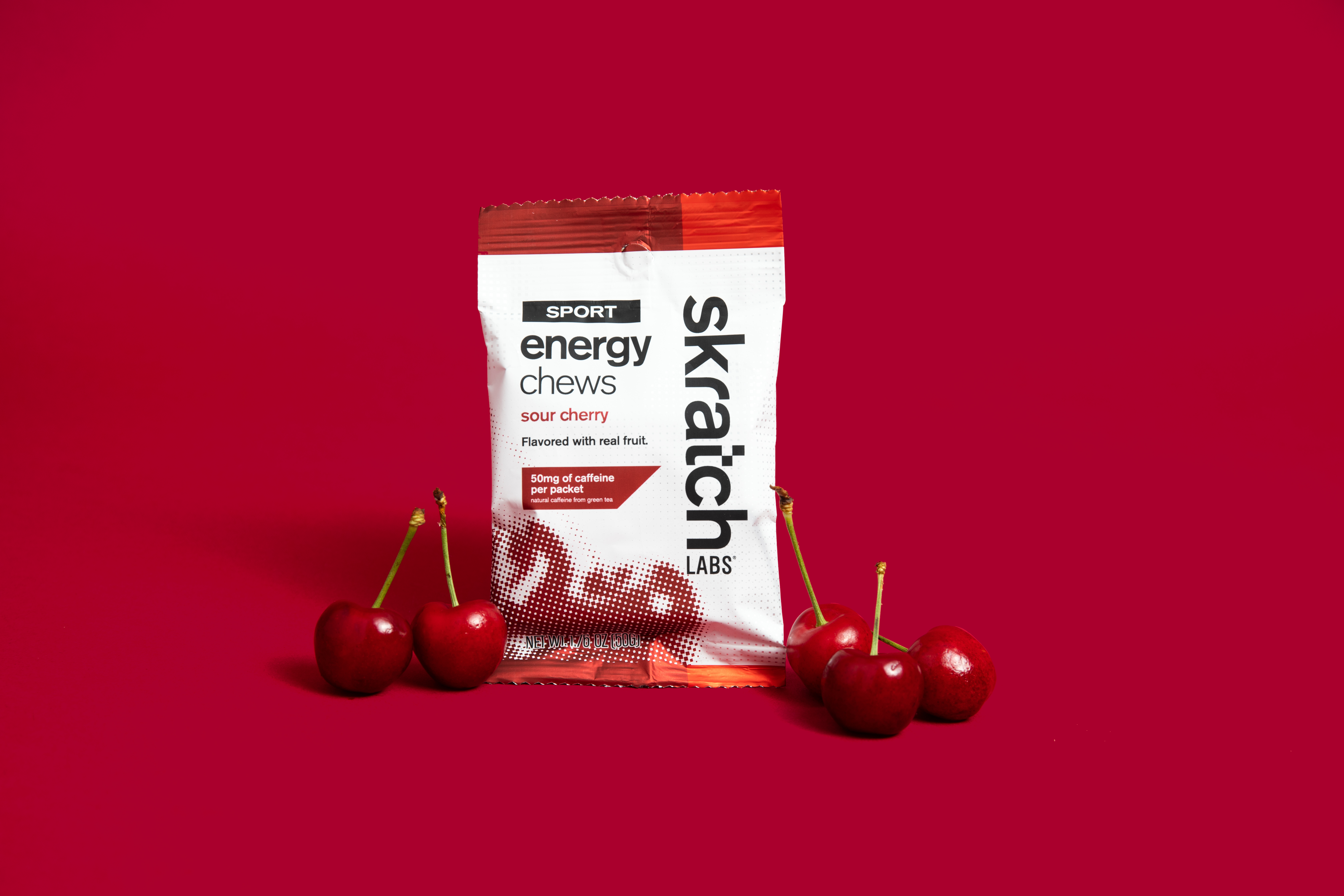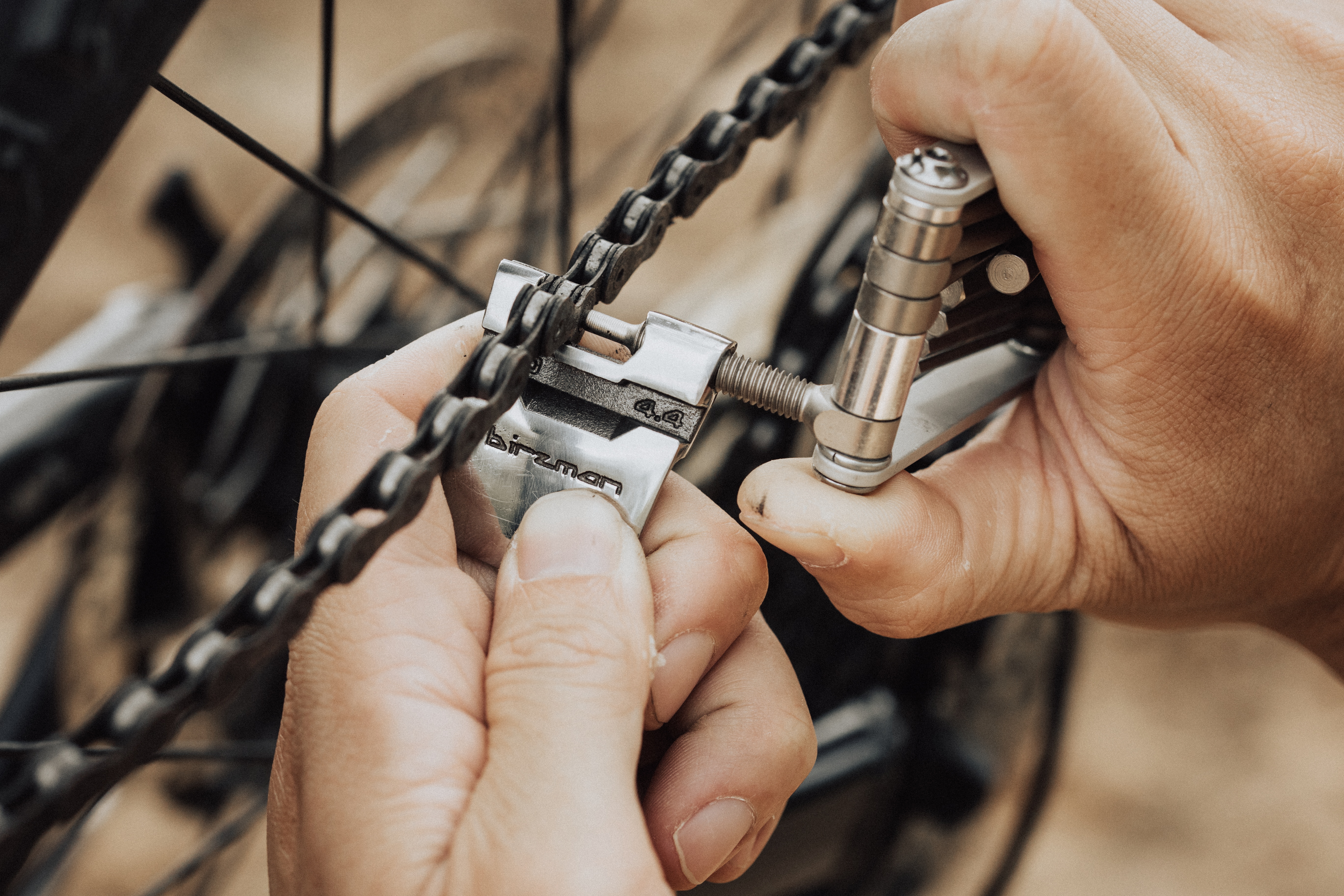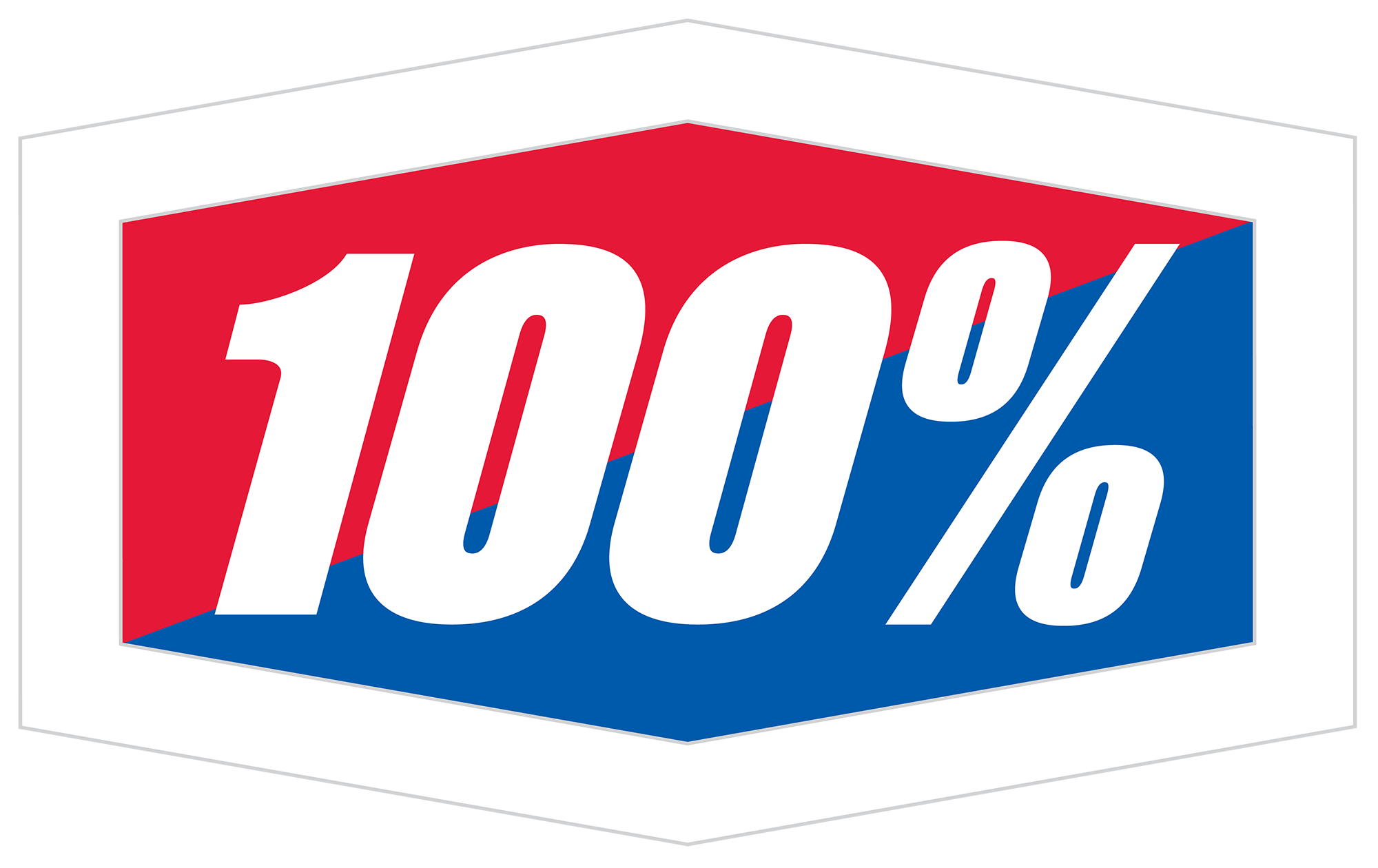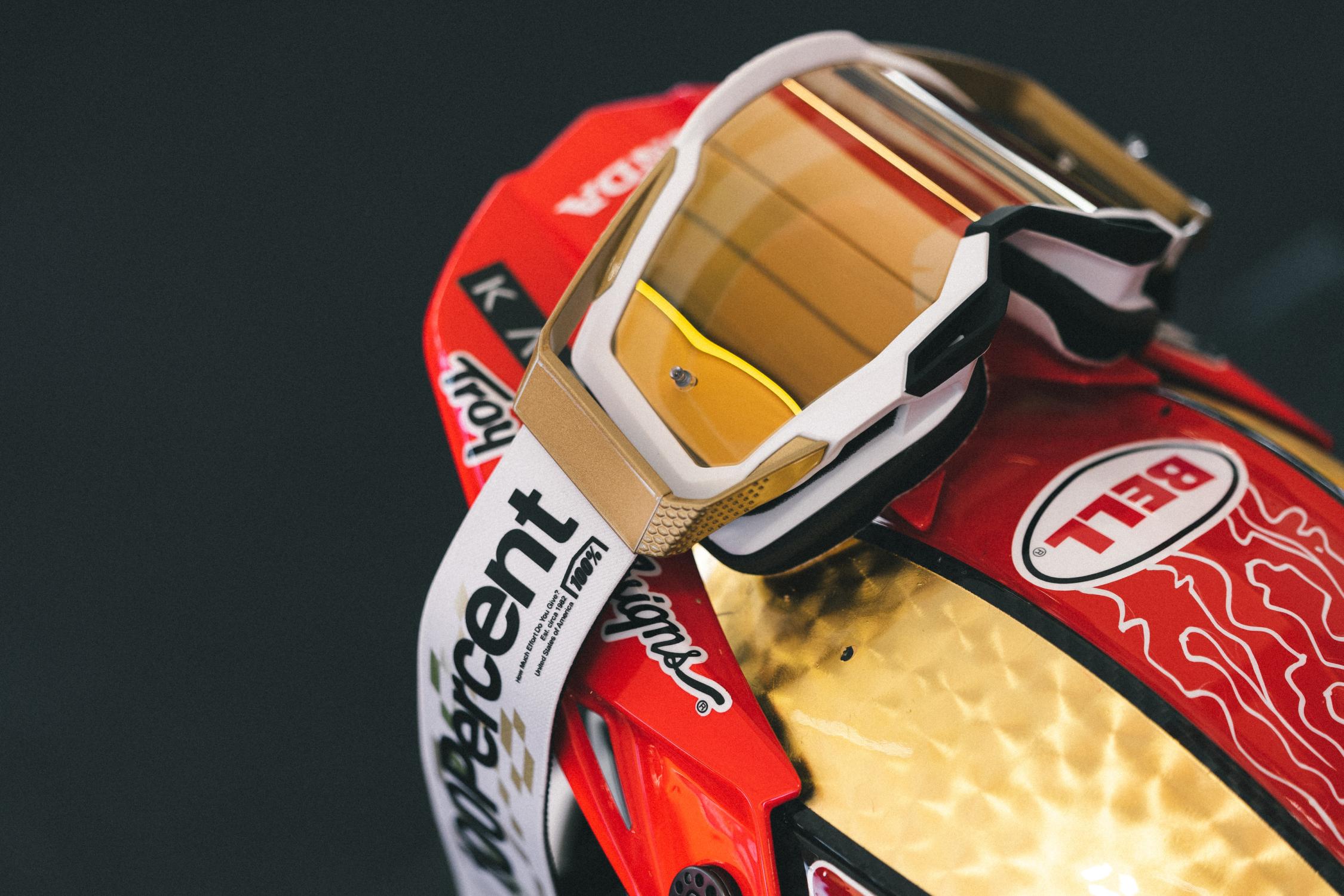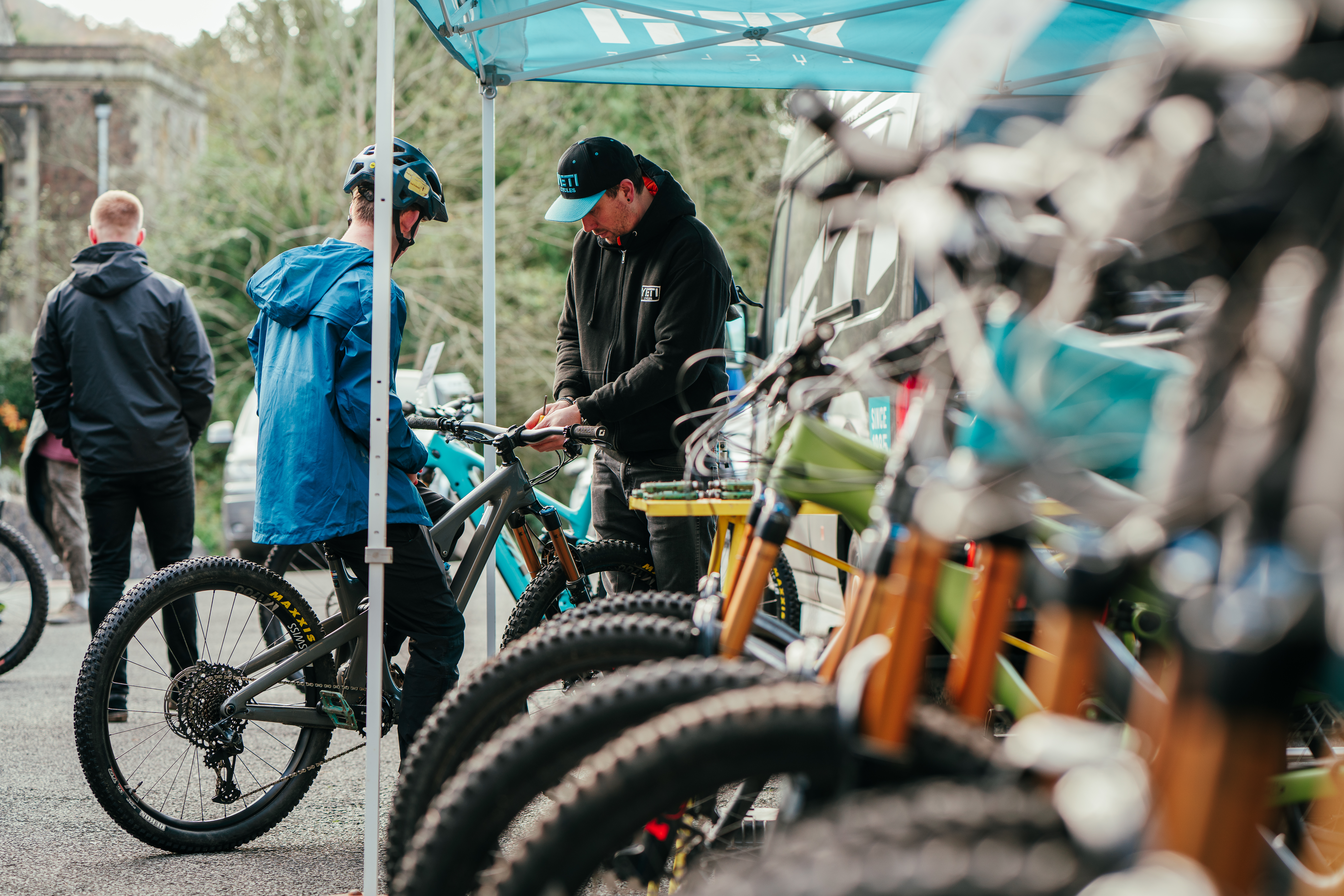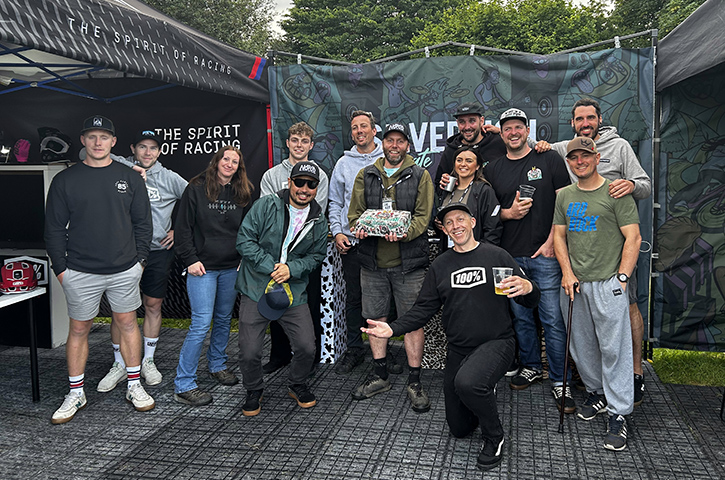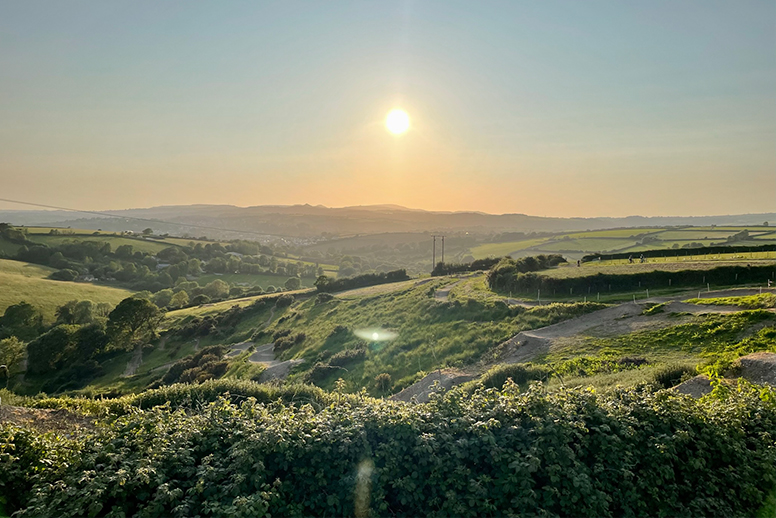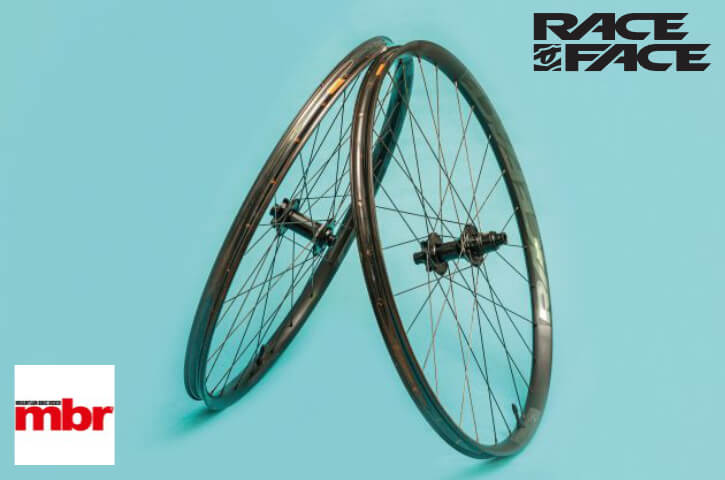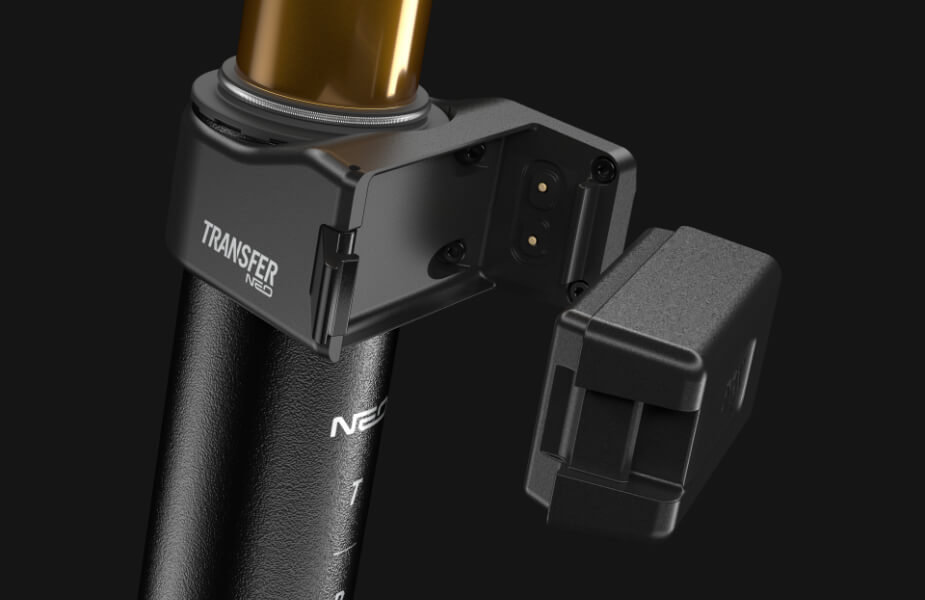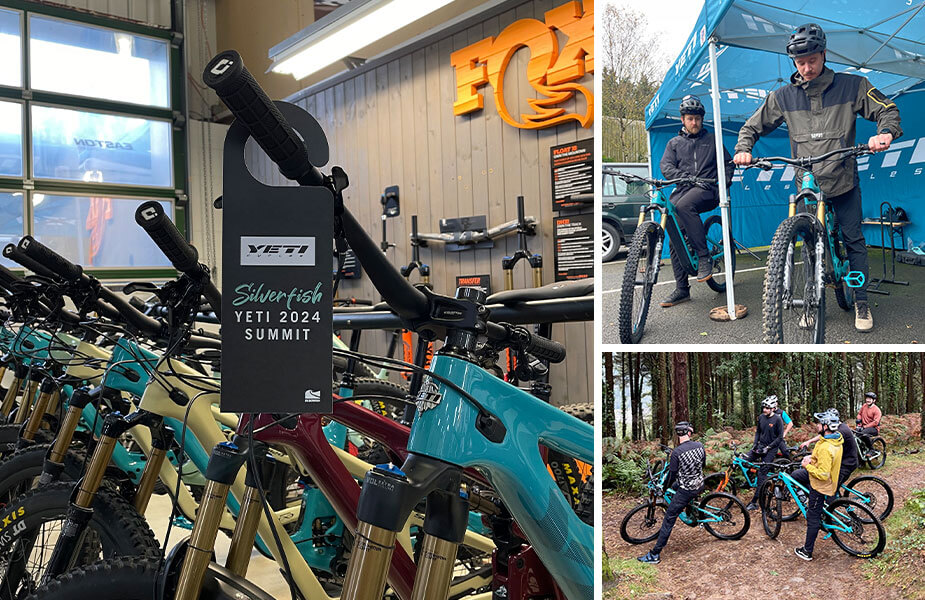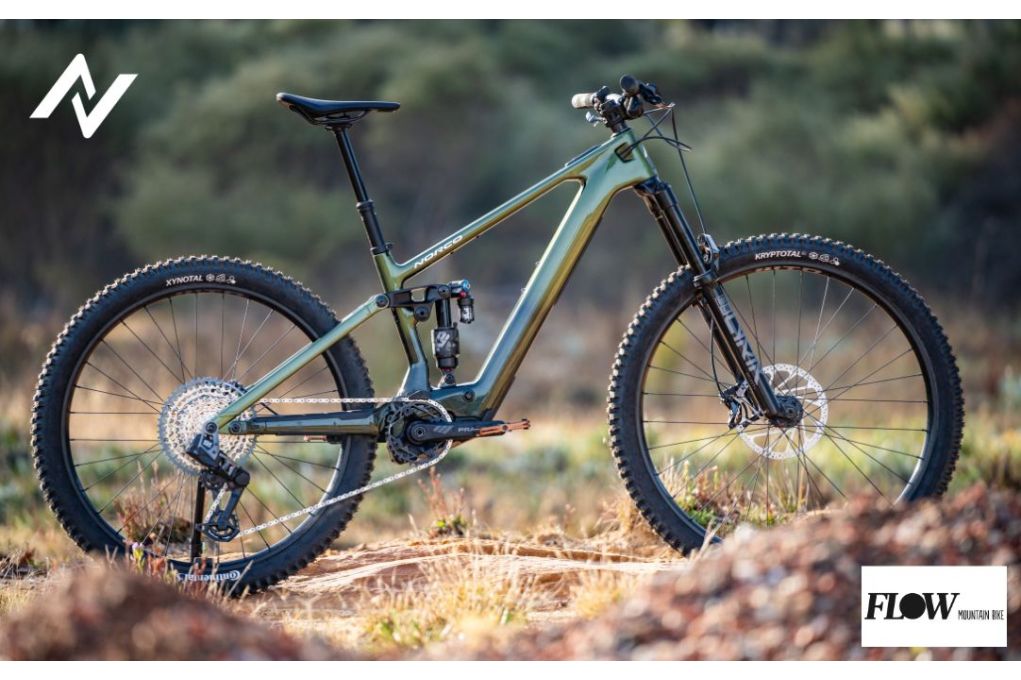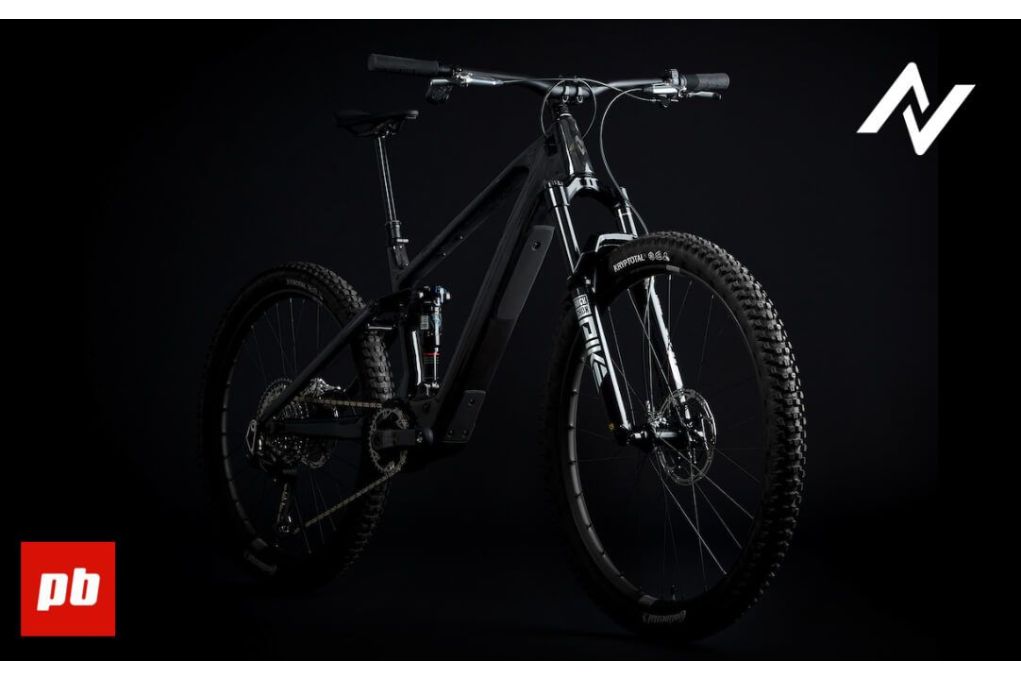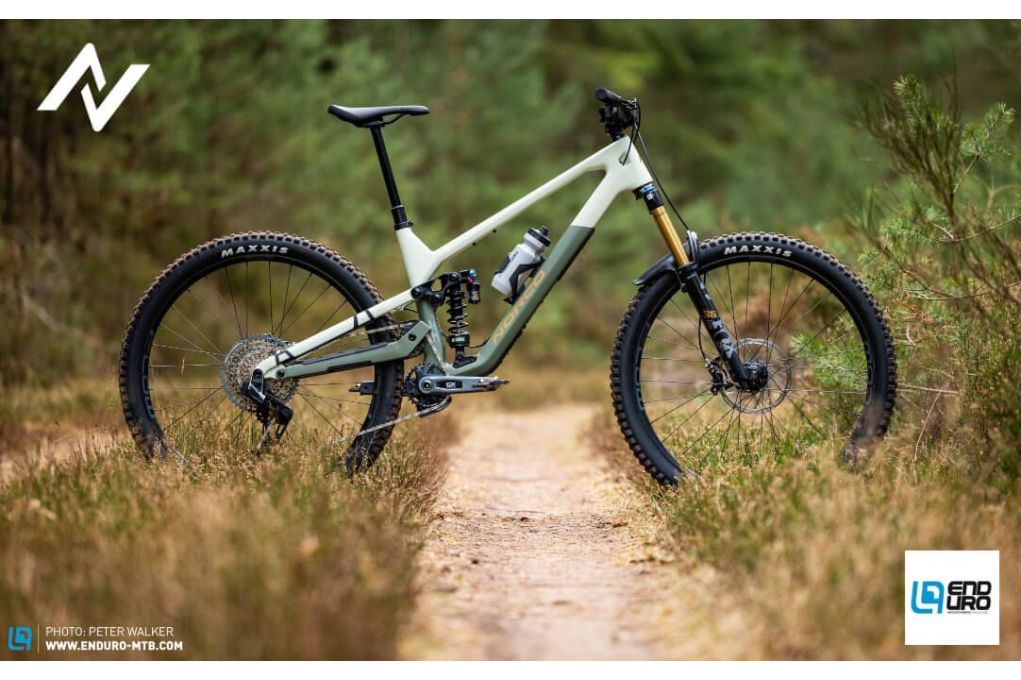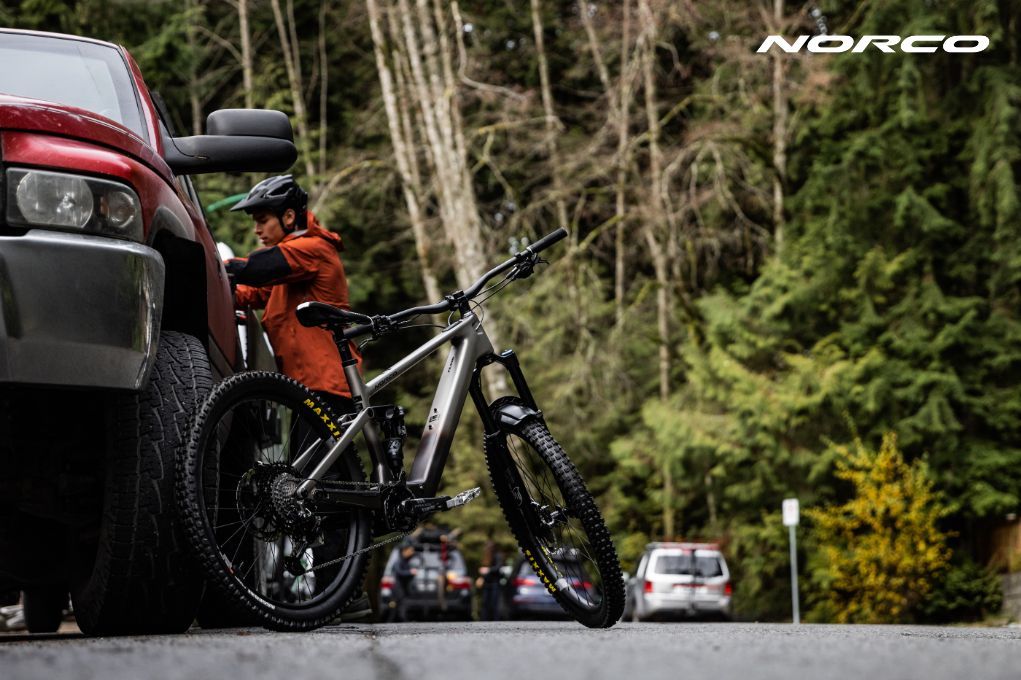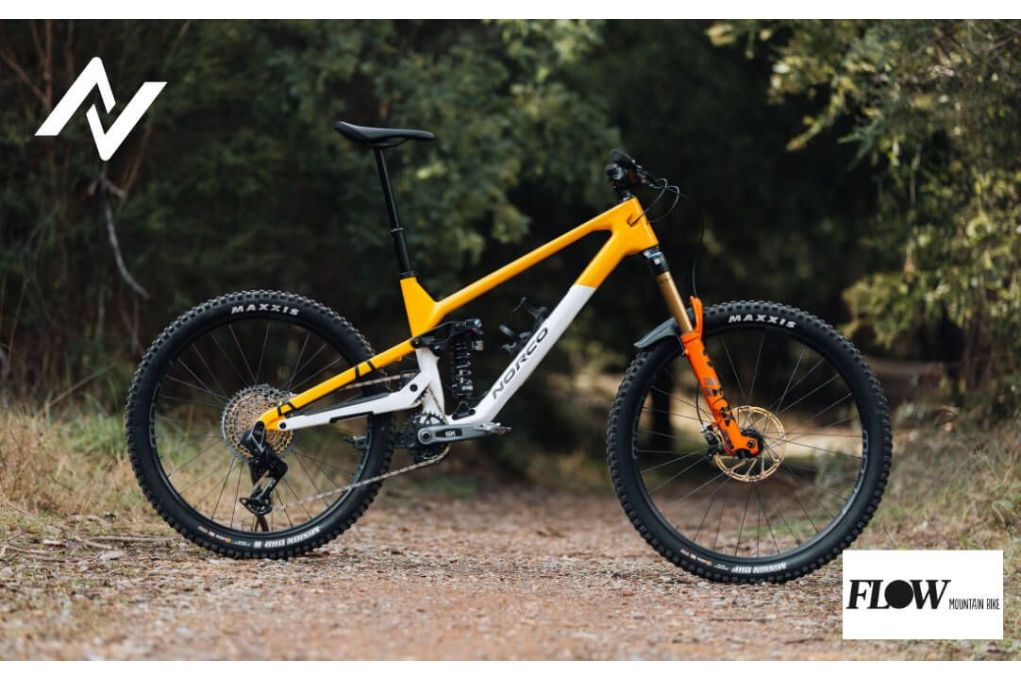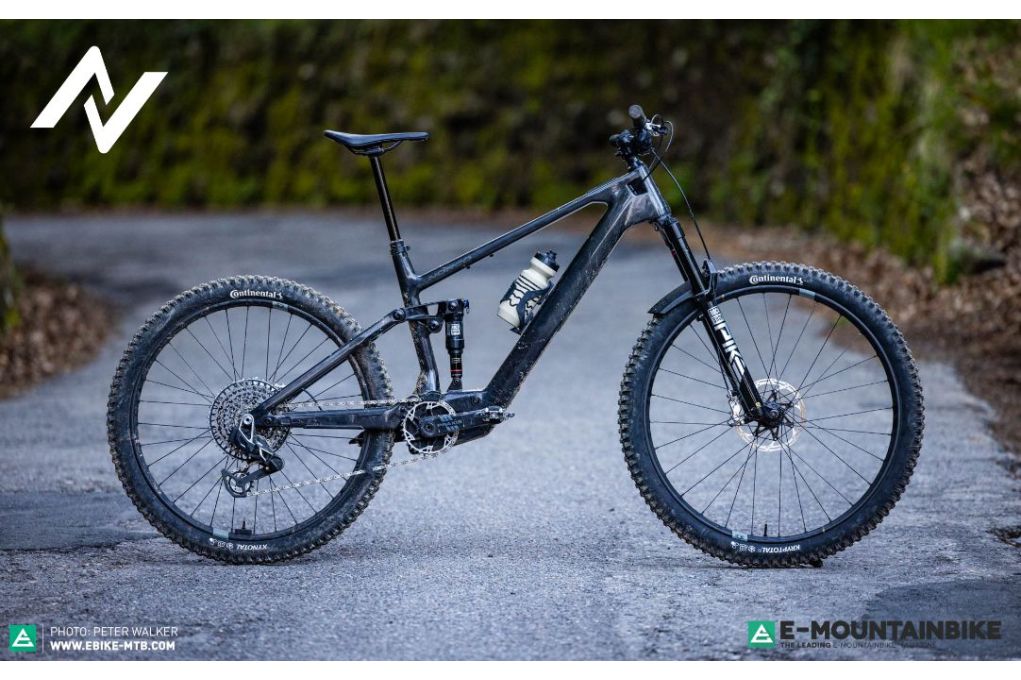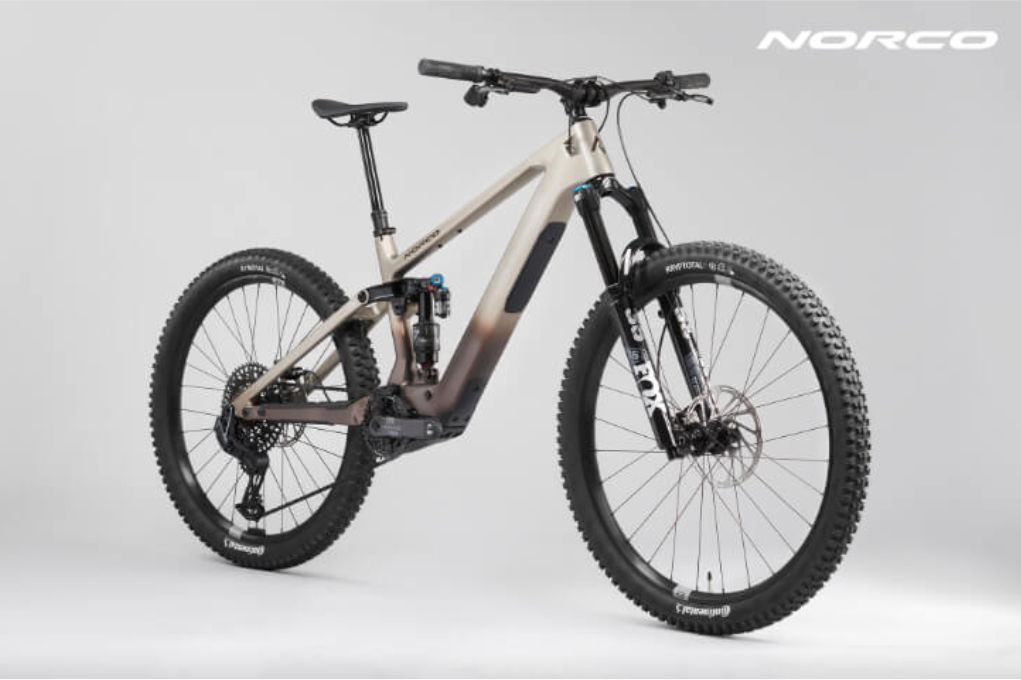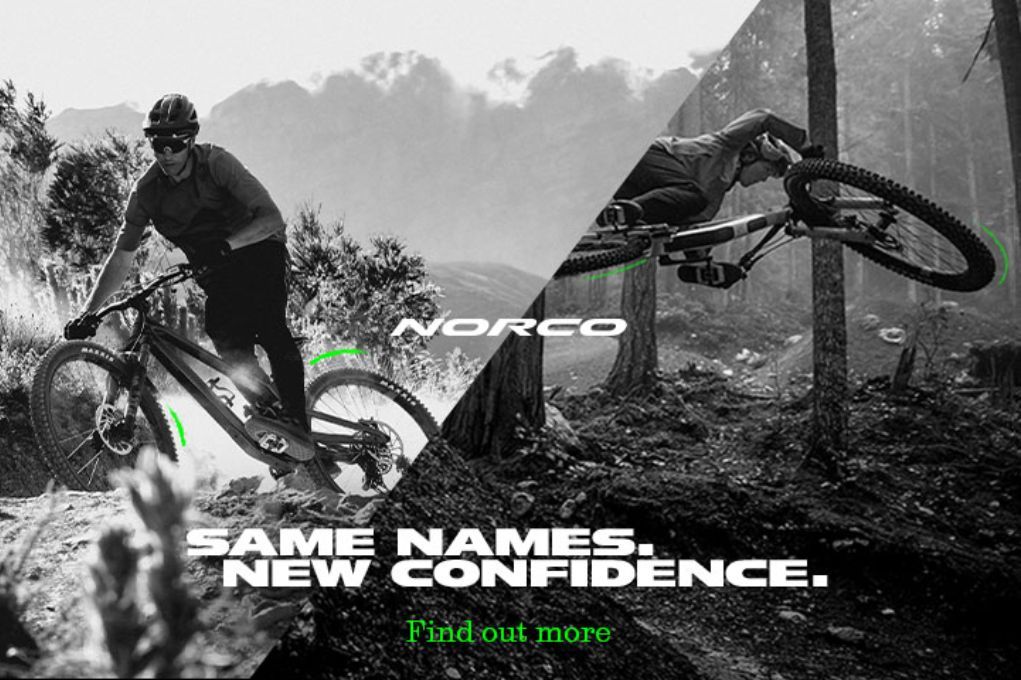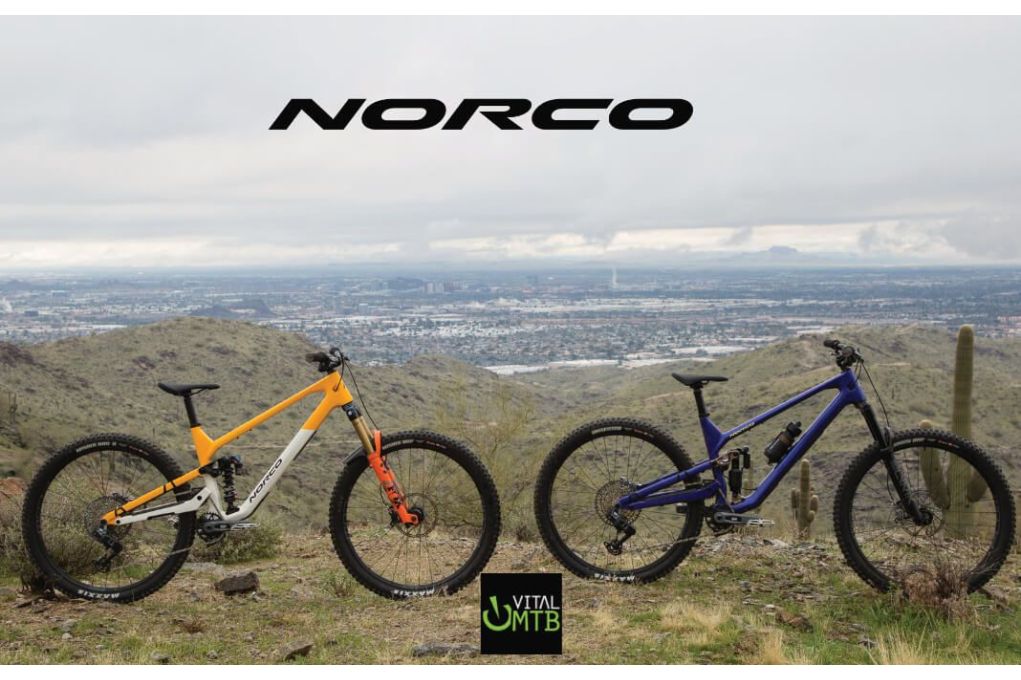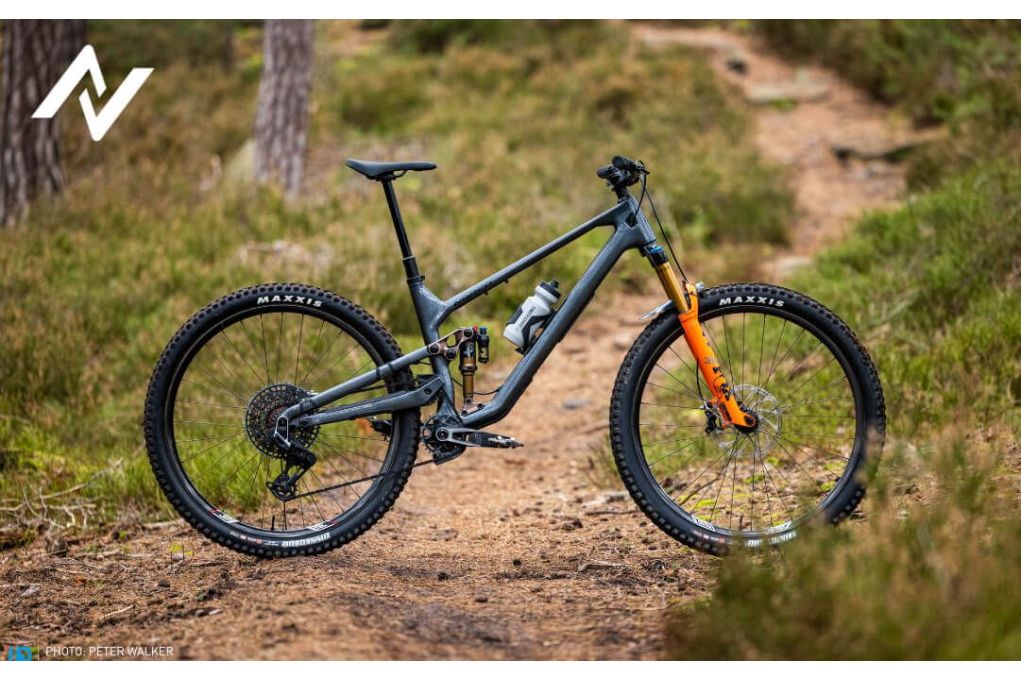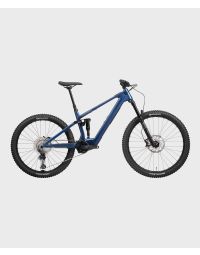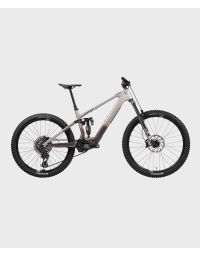ARMEGA SP25
Review: NSMB - Norco Fluid VLT Bike

NSMB has reviewed the Norco Fluid VLT Bike. Here is what they had to say:
Recently, I’ve had a few friends take career breaks. When endless hard work and ladder climbing is put on a pedestal all around us, it’s a brave choice. I’ve been at my job for 15 years or so and when I hear about it, my overwhelming feelings are happiness for them and oppressive envy. We’re told from a young age, work hard and then you can get into a good school! Work hard and you can get a good job! Work hard and you can, well, die eventually!

The glorification of the grind is pervasive and sometimes you just want to live a little, have fun and work a bit less... hard? I think we can all agree that it's important to balance the striving in life with the living of it and enjoyment of the everyday. But for some reason, this doesn’t seem to translate over to the e-bike vs analogue bike debate. Should it really even be a debate? If I had to pick a side of the fence I’m not even sure where I would land. I love my pedal bike, but sometimes I want to have fun and just… work a little less hard. Is that so bad?
My longstanding hypothesis is that lightweight e-bikes will be the ticket for women and other riders who want a bit of assistance, but still want the physical, mental and emotional benefits of cardio and exercise endorphins that come with a decent effort, or are concerned about being able to maneuver a heavy bike. We’ve had full powered e-bikes in the house on and off for years and I never reached for them, except when commuting or using the bike as a grocery getter. I love the descending component of mountain biking but getting out into the forest to get my heart pumping is an equally important part of riding to me.
Between my day job and other responsibilities, I often feel like I’m juggling too many things, hoping to remember what balls I have in the air. On those days it's a struggle to get out the door and into the forest, but it's always worth it and I always feel better for it. The peace and relief I find is in the climb, once I find my rhythm and settle into meditative breathing: pushing myself to the sweet spot where my brain lets go of the noise and focusses on the effort and the trail ahead. By the time I reach my descent, I close my eyes to take in the sounds of the forest around me, breathe, and feel like myself again. Now to find the kid inside!
Riding full powered e-bikes never connected me in the same way. It’s a good time, no doubt, but I struggled to feel the connection between my efforts and my movements on the trail, the synchronicity of my inputs and attention to the progress of my bike and body through the forest. The weight and bulk of a full powered e-bike will smooth the trail beneath you and carry speed like a demon, but I’d struggle to feel like I was piloting the bike, more like I was holding on for the ride. I’m not a tiny person, and I like to think I’m fairly strong and yet the heft of the big e-bikes could be a lot for me to maneuver in some situations. I imagine some smaller people would have an even harder time with that.
I’ve always expected a lightweight e-bike to be the best of both worlds, and to ride like a lighter and smaller full powered e-bike. Experiencing the Fluid VLT opened my eyes and I realized lightweight e-bikes are their own category. Much like women are not small men, a lightweight e-bike is not just a small full-powered e-bike; there are some distinct differences between the two.

Norco Fluid VLT C1 140
The 2024 Fluid VLT C1 140 is a lightweight e-bike from Norco that is offered in a few different spec configurations. The C 140 is Norco’s second from the top in this lightweight trail category and retails at 12,100 CAD. It comes equipped with 150mm/140mm front and rear suspension, and a mullet set-up. The top end Fluid VLT C1 130 (at 14,000 CAD) is more trail oriented with 140/130mm travel numbers, and all other models in the line that feature the C2 frame revert to the 150-140 suspension offering. The more affordable C2 models range in price from 9,700 to 7,700 CAD and feature a carbon front triangle and alloy rear end, with various spec options.
The Fluid VLT is powered by a Bosch Performance Line SX drive system. There are 5 frame sizes to fit riders 5’0 to 6’6, and they all feature MX wheels.

Drive Unit
The power centre of the Fluid VLT is the Bosch Performance Line SX drive unit, the smallest and lightest Bosch e-bike motor available at just over 2kg. The four standard power settings of Eco, Tour, eMTB and Turbo are available with a battery capacity of 400 watt hours and a maximum torque of 55Nm. The battery also weighs in at around 2kg making the total weight of the power system just over 4kg. The small handlebar-mounted system controller to adjust power modes is intuitive and easy to use, and lights on the top tube communicate both mode and power remaining in the battery.
First Impressions
When I was given the opportunity to review the Fluid VLT, I sent my height (5'9) and weight (190lbs) to Norco. They chose a Size 3 for me, and set the bike up using Norco’s Ride Aligned set-up guide with a neutral starting point. I picked the bike up en route to MegaVolt and had my first ride on the Naramata bench testing out it out against its full-powered big sisters and brothers. Riding new to me trails and chasing fast women on big bikes was a fun first experience with the Fluid VLT, and I found the Fluid VLT an intuitive ride and easy to adapt to. The mullet configuration increases the maneuverability of the bike. I love descending on mullets, but I’ve struggled in the past with the trade-off that I feel with rolling speed and climbing efficiency, concerns erased by the motor.
The Fluid felt very stable at high speeds ripping through the grasslands and was responsive and easy to move around thanks to its light weight. The Fluid has a bottom bracket height of 350mm, which is on the high end. This high BB gives ample clearance from trail obstacles and I had no frame or pedal smashing to complain of.
This year’s MegaVolt had a different format with a few “race” days, including an XC and an Enduro, as well as a consistency challenge and a scavenger hunt day that involved exploring as much of the Three Blind Mice trail network as possible. I did MegaVolt in 2023 atop a 900Wh Canyon Spectral ON with 85NM of torque, the literal opposite end of the e-bike spectrum from the Fluid VLT. Ripping those trails with unlimited power was fun, but the mismatch I experienced in mental fatigue from riding at that speed vs very little physical fatigue ended with a hand-breaking crash for me. It was a learning experience. I am so accustomed to my physical effort being similar to my mental effort, and when my body is cooked, my brain’s ability to scan the trail and stay focused usually follows suit. With a full powered e-bike my brain was working so hard scanning the trail at an increased pace, but I felt like a supercharged human with endless energy, so I failed to notice my brain had checked out and gone home to the beach already.

Ride Quality Difference on a Lightweight vs Full Powered E-bike
I found the Norco Fluid VLT rode more like an analogue bike with assistance, than a full powered e-bike with a smaller motor. There are significant differences in both the climbing and descending experiences. Climbing on a lightweight e-bike, and specifically on the Fluid VLT, requires an understanding of maintaining cadence and active gear shifting on the bike, line selection and traction control and is an engaging and active experience. On a full powered e-bike, it is possible to approach a steep section of trail and just throw the bike into turbo to get up – the motor assistance level is used as a secondary shifter and a rider can get away with low cadence or little shifting. For new mountain bikers without experience in frequent gear and effort shifting to maintain cadence and momentum, a full powered e-bike may be a friendlier entrance to the sport that skips some of that learning curve, but will also mask this lack of skill. An analogue bike comes with a mandatory learning curve; the consequences are flailing and sometimes falling on your ass. A lightweight e-bike does not have the torque to overcome bad gearing and cadence choices. Moving faster, but still needing to stay on top of shifting, traction and line control makes the climb extremely engaging and fun, but there is a learning curve involved. The skills a rider develops riding a lightweight e-bike will translate well back to riding an analog bike (or any bike). A full powered e-bike will also offer considerably more range and assistance and opens up new climbing challenges. If you want to ride for as long as possible with max speed or tackle super steep uphills, a lightweight e-bike won’t offer that.

The Fluid could handle the steep and challenging when necessary, but it didn’t beg me to charge. The longer reach of the bike, brake spec and hard tire compound contributed to that feeling. A few spec changes could really help this bike shine in those more challenging conditions. If I was opting to ride the Fluid primarily in steep or technically challenging black to double terrain with tight turns, I would opt for a smaller frame size. The shorter reach would make it easier to maneuver quickly and keep my weight further over the front end, but a smaller size might reduce stability at speed. Riders looking for a bike specifically for steep and technical terrain would most likely steer towards the Range or another longer travel bike. The length of the Fluid offers incredible stability at speed and great suspension feel for pops and jumps, which I enjoyed the most in terrain with longer sight lines and slightly lower angle; exactly where this bike feels designed to fly.
Read the full article here
